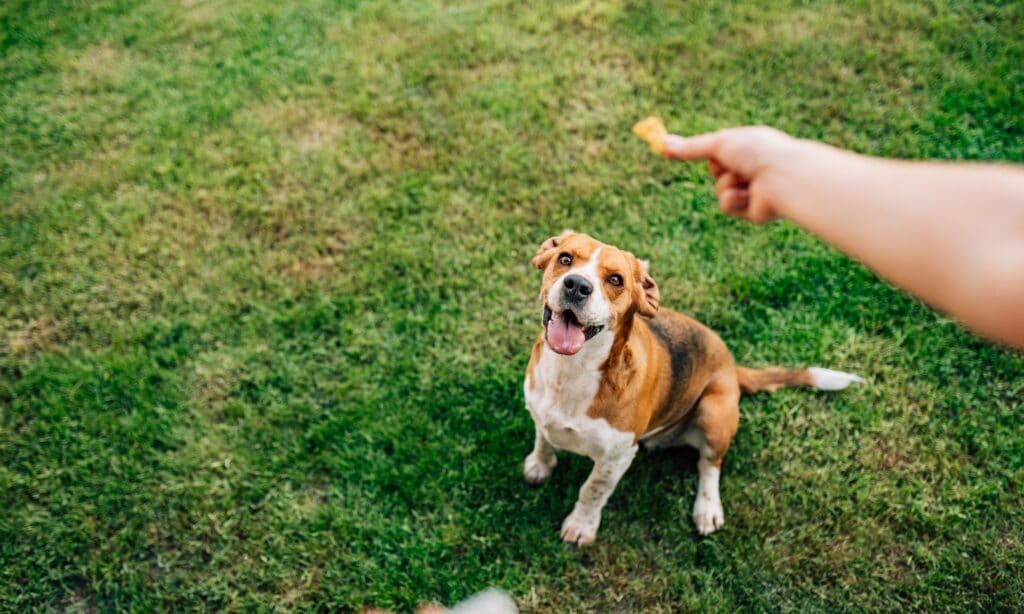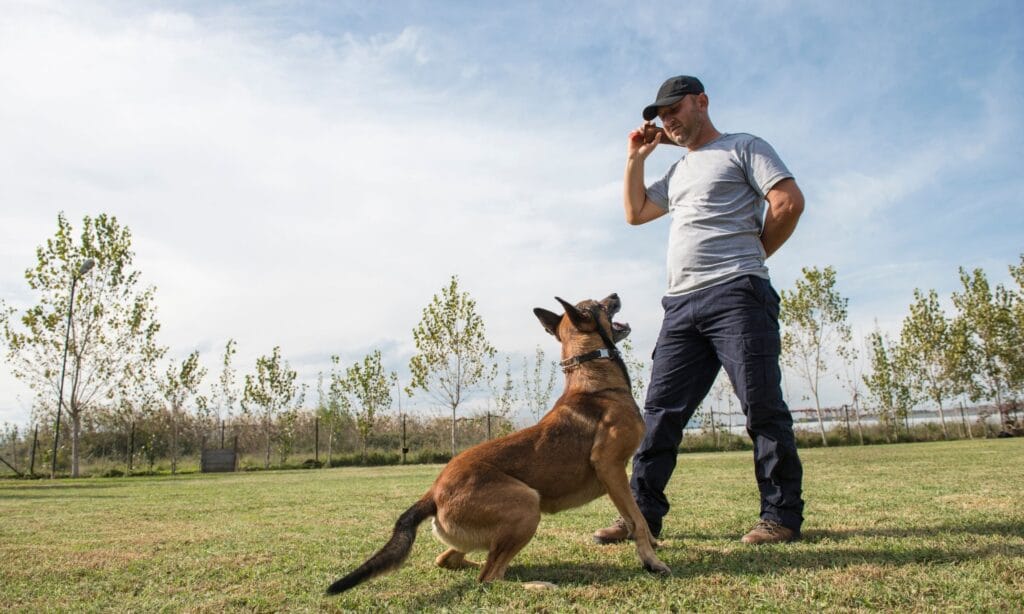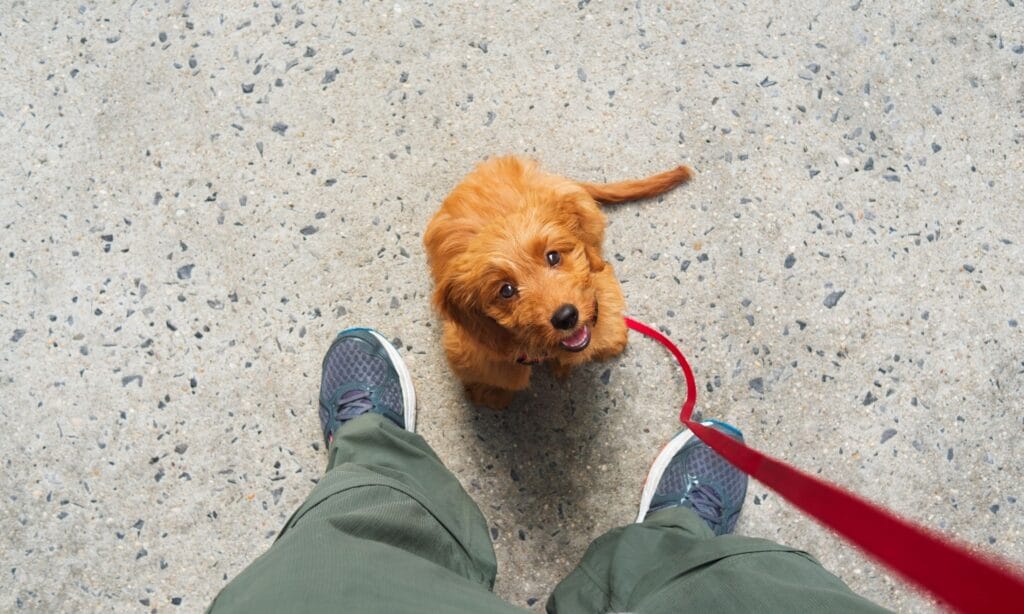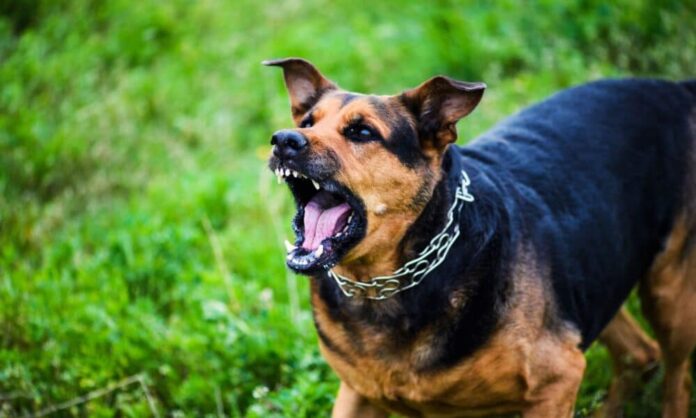The Ultimate Guide to Calming a Reactive Dog
Understanding and managing a reactive dog can be challenging for any pet owner. A reactive dog responds to specific stimuli with an intensity that exceeds normal behavior, often exhibiting signs such as growling, barking, snapping, or exhibiting a tense body posture. Recognizing these signs and employing effective techniques can significantly improve your dog’s behavior.
What Does it Mean to Have a Reactive Dog?
A reactive dog reacts dramatically to certain triggers, leading to behaviors that can be confusing and concerning for owners. In many cases, this reactivity can escalate to aggression, making it crucial to distinguish between typical reactions and those that fall into the more concerning category of reactivity. Key signs of a reactive dog include:
- Growling
- Barking
- Snapping
- Tense body posture
- Unusual urination
Identifying Your Dog’s Triggers

Learn Your Dog’s Body Language
Understanding your dog’s body language is essential in identifying triggers. Common triggers include:
- Approach by unfamiliar people
- Loud noises
- Being restrained
- Unusual movements or objects
To minimize anxiety, introduce your dog to new stimuli gradually or avoid them altogether whenever possible.
Using Counter-Conditioning and Desensitization

Changing Emotional Responses
Counter-conditioning involves altering your dog’s emotional response to specific stimuli by associating them with positive outcomes, like treats. Gradually expose your dog to a trigger at a distance where it does not evoke a reaction, reward them with a treat, and gradually increase exposure.
Modify Your Dog’s Routine

Adjusting the Environment
Altering your dog’s environment can help manage reactive behaviors. Consider:
- Blocking visual access during walks and car rides
- Using crates or harnesses for better control
- Reducing exposure to triggers around the home
Avoid Harsh Training Methods

The Risks of Aversive Training
Methods such as intimidation or shock collars can exacerbate the problem rather than solve it. Instead of eliminating reactive behavior, they often lead to increased stress and more serious behavioral issues.
Staying Calm in the Face of Reactivity

Remain Composed
Once a dog is triggered, it is nearly impossible to calm them down. In such instances, your best approach is to remain calm yourself, distance your dog from the trigger, and seek to re-establish control. If behaviors escalate beyond your ability to manage them, it may be time to seek the guidance of a professional dog trainer.
Implementing these techniques can significantly impact your dog’s behavior, helping you cultivate a more peaceful and enjoyable relationship with your furry companion.












